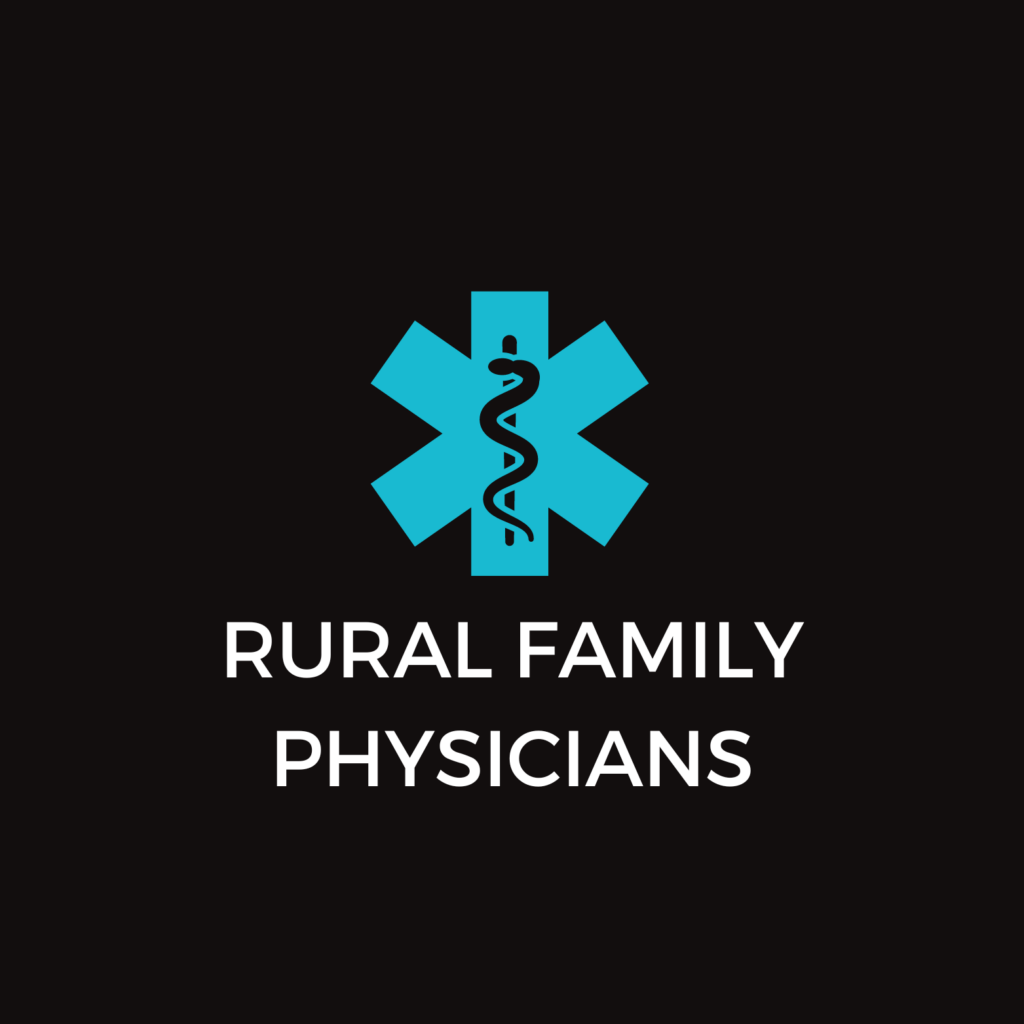A new report by the National Highway Traffic Safety Administration found that 55 percent of those who died in road crashes in 2011 lost their lives in rural areas, while only 19 percent of the population lived in rural areas. In Colorado, 51 percent of those who died in 2011 crashes perished on rural roads, according to the same report. Part of this disparity is the result of geography. Part is the result of philosophy — emergency care is concentrated where the most people live. And part is an outgrowth of Colorado’s long history of “local control” — where local officials figure out how best to care for those who suffer life-threatening traumatic injuries. Also, many rural areas are served by volunteers whose dedication is not in question but whose training and experience may pale compared to their urban counterparts.
In Colorado’s emergency response, a rural-urban divide between life and death
0 Comments
“If you live in urban Colorado, the response is quick,” said Randy Kuykendall, interim director of the state’s emergency medical system. “If you live in rural Colorado, it’s longer, and it’s a day-to-day struggle.” And Kuykendall acknowledged that no one from the state has tried to determine exactly which areas fall into an emergency ambulance no-man’s-land – places where there is no contracted ambulance service. As it stands now, neighboring agencies respond into those areas. Click here to read the full article published September 4th, Summit Daily.



